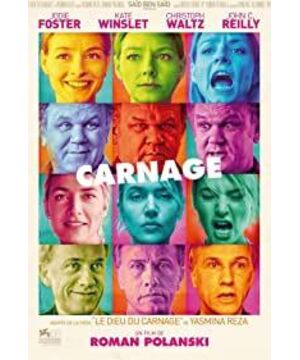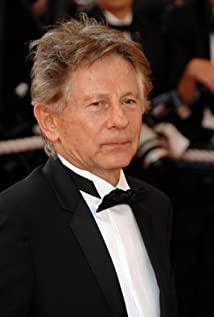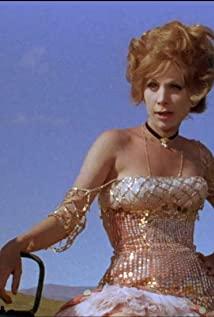In the sense of Zizek, Polanski is a person who has experienced an "invasion of the real world"-whether it is the Manson family murder or the subsequent sexual assaults-the ups and downs of his life are like time and time again. "Traumatic return", destroying subversion and immersing in the symbolic order and symbol universe that supports him.
This is a high-density movie that takes place in an indoor space. The so-called high density lies in the fact that in this only 80 minutes, the content of the film is full of various symbolic symbols of contradictions and tension (and the four main characters in the film are used as symbolic carriers), and at the same time During the progress of the plot, the belonging of the various symbolic power camps changed and even "shuffled" several times. In the end, a very dialectical situation emerged: on the one hand, it is an intricate network of symbols; on the other hand, its intricacy means that it is fragile.
First of all, in terms of symbolic symbols, Polanski gradually unfolded and deconstructed four symbolic symbols in the context of the western middle class presented in "The Killing":
First of all, lawyers who are representatives of the elite class are in fact slaves of modern capital who are inseparable from mobile phones for a moment. Deep in the surface of the profit-seeking flow-that is, at the level of value-they have fallen into deep nihilism. No sublime and solemnity at all;
Then, the lawyer’s wife, a mature woman who takes care of both career and family, is on the surface and is sincere in solving problems properly. However, deep in her heart, she has never faced the problem squarely and tried to sincerely recognize right and wrong. And what goes on is only a false harmonious mask, underneath the mask is the most indecent physical and mental sordid that can no longer be suppressed;
Furthermore, women writers who are humane and caring about the Darfur massacre are habitually standing on the moral high ground, using the usual Western universalism to force others to accept themselves morally and with a sense of superiority. The principle of "pseudo sublime". The irony is that people who care about faraway places so much can't be tolerant to those around them, let alone restrain themselves by this;
Finally, the husband of the female writer, the always cheerful male businessman, represents the general hedonistic attitude of the petty townspeople. While enjoying himself, he never forgets his own narrow and poor self-esteem. The way he defends is also a kind of crude resistance and humble "humor dilution."
As for the process of this struggle, the various symbolic symbols have undergone several changes in power camps, and even shuffled several times: from the initial family symbol order to the conceptual symbol order, then to the gender symbol order, and finally complete Crack it. We have witnessed the continuous separation and reunification of symbolic forces and the continuous reorganization of the symbolic order. The final result of this process is: the entire symbolic order collapsed, and the symbolic world finally ceased to exist in that room. The rest is the "primitive" of the real world, that is, "a small piece of the real world"-a fight between two boys. Everything that follows is triggered on this original quality.
All of this is of course very ironic. "Killing" is a way of completely destroying the order of symbols and symbolizing the symbolic individuals in the universe with trauma. At the same time, "killing" is also Polanski's lively peeling away of the moral integrity of modern human civilization.
In the end, Polanski cast his hope on the end of the movie: the two little boys getting back together in the park are the most ruthless mockery of the parental perspective and social symbols in the adult world. The shots of young boys always use the long shot, and the shots of adult parents are always medium shots. This contrast distance also hints and reminds every audience: which side we are approaching. (Close to the symbol of being ridiculed, far away from the original reality.)
View more about Carnage reviews











